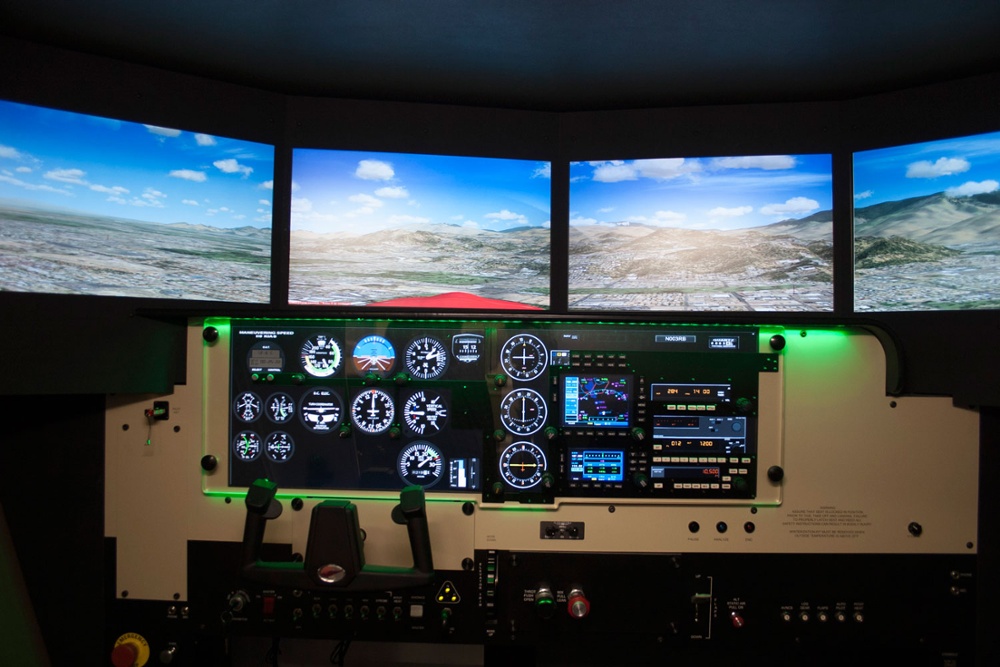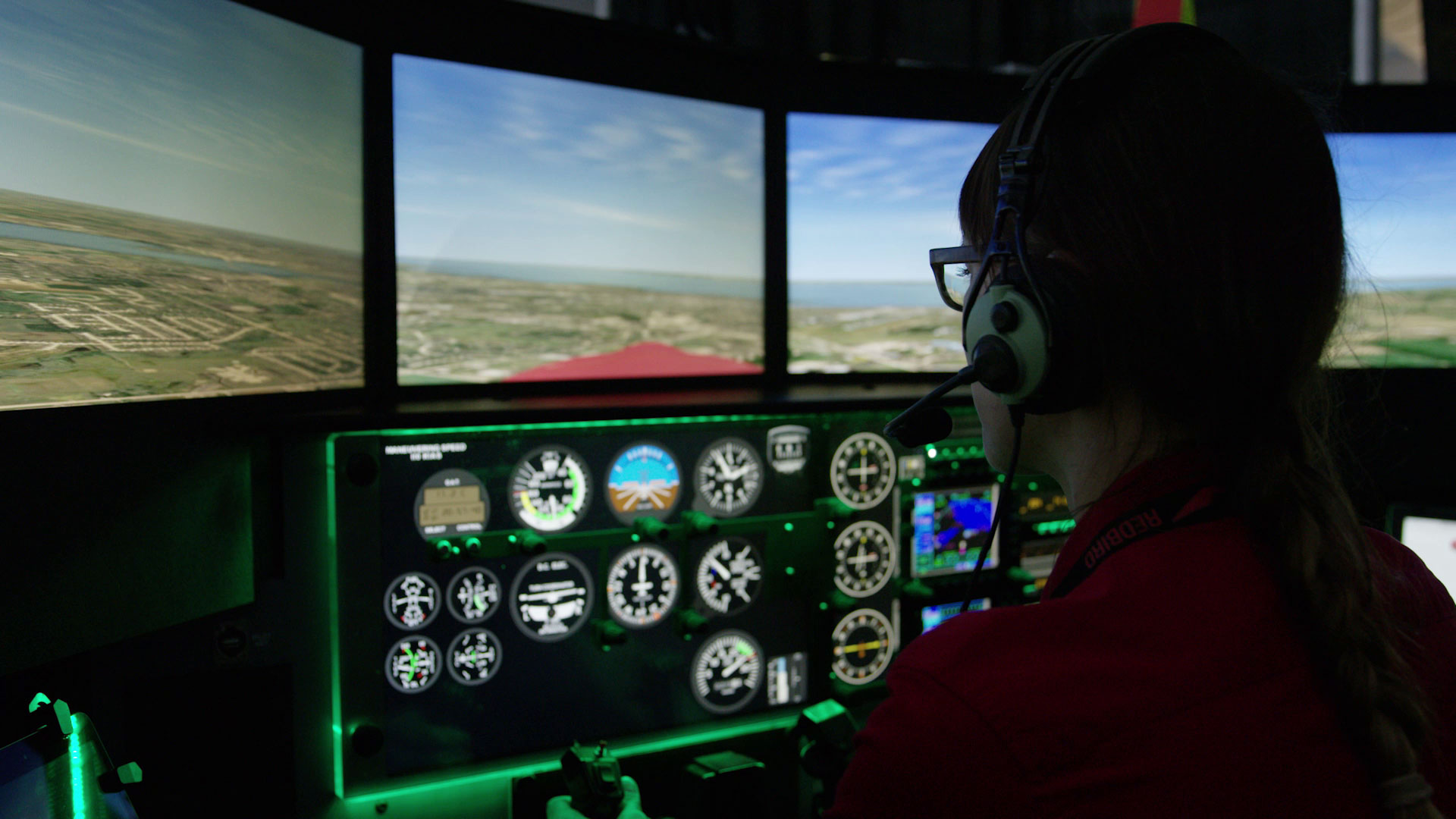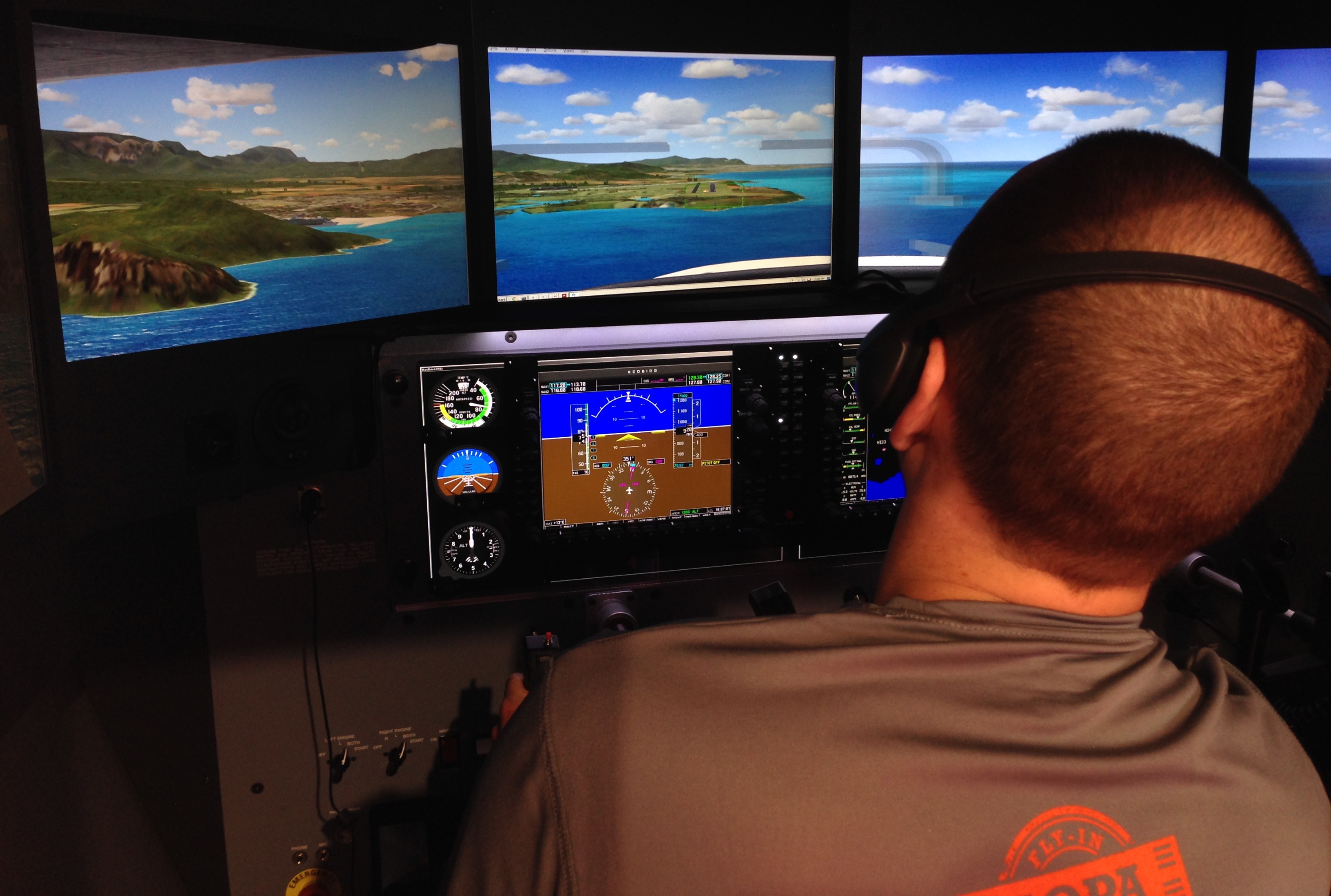8 Tips for Teaching in a Redbird Simulator
Here are eight tips for teaching effectively in a Redbird Flight Simulator. Check them out and give them a try.
1. Bad Attitude = Bad Training
The simulator is an important training tool and you must reinforce that value to your client. Going in the sim shouldn’t be thought of as an “easy day” or filler. If you don’t treat simulator training as a valuable use of time, your client will think he doesn’t have to take it seriously either.
Related: How to Get Your Instructors to Use the Simulator
2. Have a Goal for the Training Event
Help your client understand that there is a benefit every time you get into the sim. Set a goal and make sure that both parties understand the objectives, expectations, and standards, before you get in the sim. What are the takeaways you are trying to deliver with this training event and how will you accomplish that?
3. Use Real World Weather and Check It
Make a preflight weather briefing and evaluation of the flight part of the sim lesson. Build a package of information based on real world weather that your client can review before the lesson. Then create a mission or scenario based on that weather. This allows your client to get a weather briefing and make a go/no-go judgement, just as they would for an airplane flight. As you see interesting weather from day to day, start to save the good ones and use them for your simulator lessons.
4. Use Headsets and Seatbelts
This will reinforce that the time spent in the Redbird is serious training, not just a video game. What you learn in the sim, you go do in the airplane and that includes headsets and seatbelts too.
5. Keep Failures Realistic
It might seem “fun” to get in the sim and put your client in IMC and then fail their pitot-static, vacuum, and electrical systems, but what’s the training value in that? Always evaluate how piling on failures would support what are you trying to teach and keep failures realistic and on-topic. Your clients are learning how to manage a situation, not feel unrelenting despair. Limit failures/major weather events to 20% of the training sessions.
Related: 8 VFR Emergencies Perfect for Flying in a Simulator
6. Never Create Inescapable Situations
One of the most important jobs we have as a flight instructors is to teach good judgement. In the sim, don’t put your clients in a situation where there is no “right answer” or they don’t get an opportunity to make a good choice to get out of trouble or a problem situation.
7. Know When to Pause
The pause button is one of the best features of the Redbird. However, it is important to know when to pause and when not to pause. Clients learn from the mistakes they make and the recovery from those mistakes. Sometimes it’s a better training event if the client can recognize and correct a mistake without your input, other times, you need to interject and make a point. It takes judgement to know when you should pause and when you shouldn’t.
8. Debrief Every Simulator Session
How you finish the lesson is just as important as how you start it. Debrief the simulator lesson with your client, review the goals that were set at the beginning, evaluate what was done, and plan for your next lesson.
Related: Best Practices for Teaching in a Redbird [Webinar Recording]
Share this
You May Also Like
These Related Articles

3 Common Limitations of Flight Simulators

Using a Simulator for Private Pilot Training
